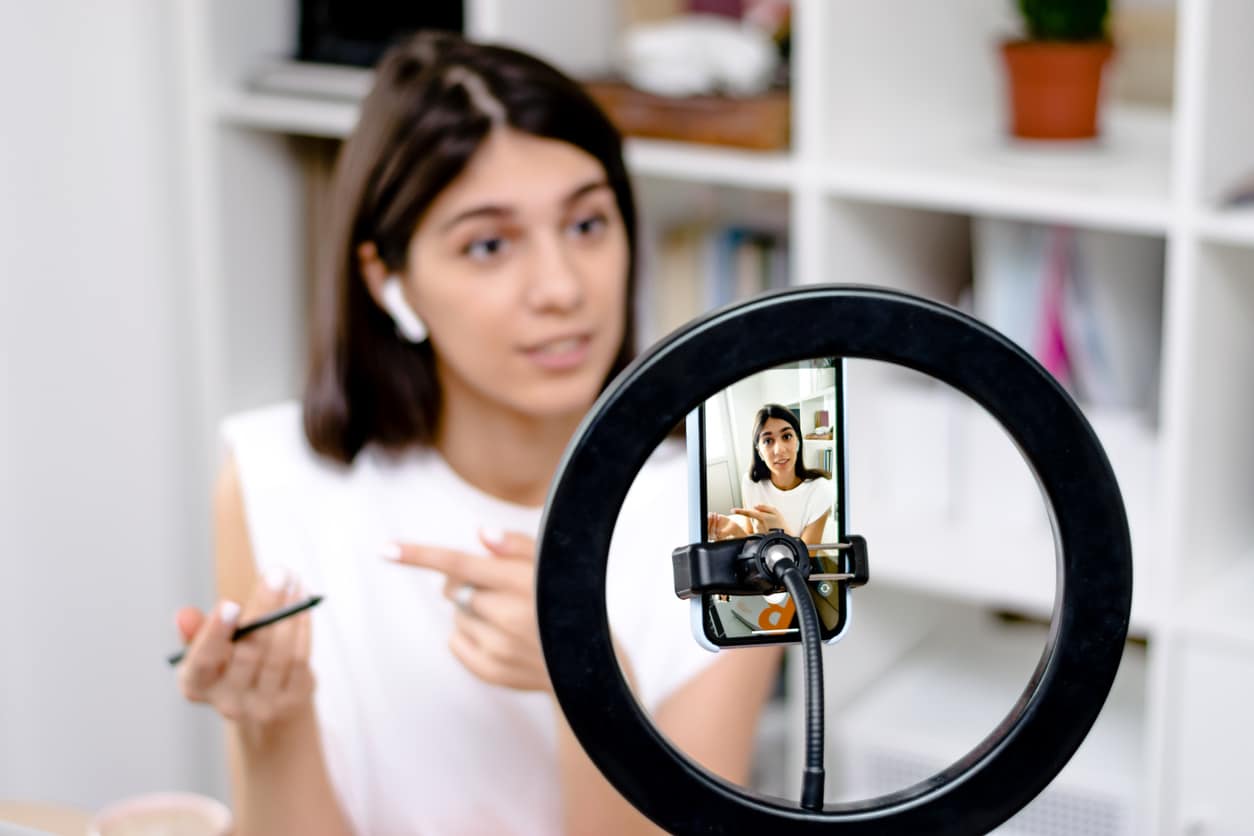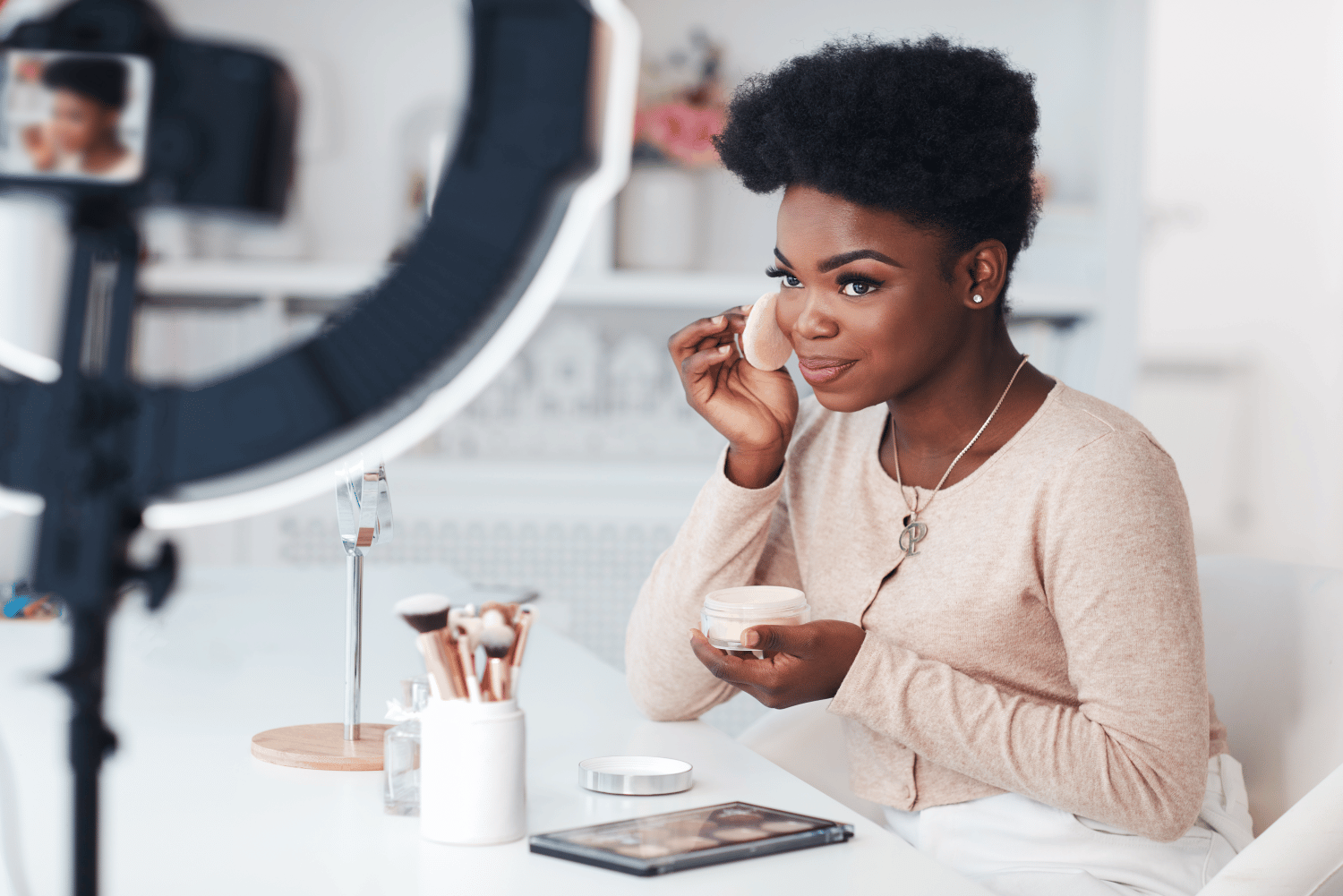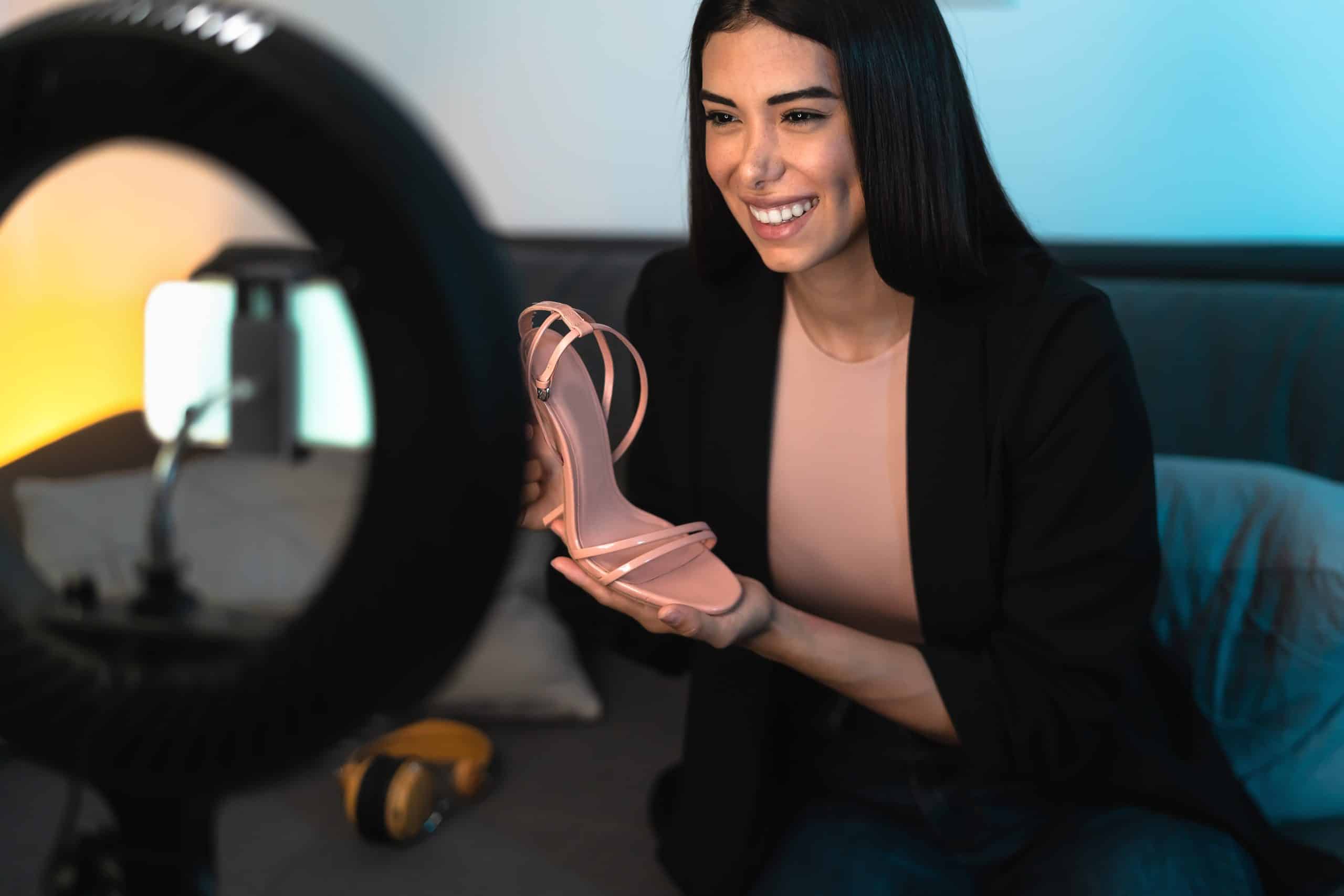
A recent study conducted by EnTribe has found that 90% of people no longer trust influencers. The study also noted that consumers are more likely to purchase from brands that share UGC and reviews from real-life customers.
In the age of social media, when so much of a company’s marketing depends on online perception, influencers became an obvious option to convey key messages and promote products. But now, things have shifted slightly, causing brands to rethink their influencer marketing strategy.

What has caused a shift in influencer marketing?
RELATABILITY
As influencers grow in popularity and audience, naturally bigger brands with bigger budgets come into play. Influencers such as Emma Chamberlain, who was once known mainly for her love of scrunchies; now attends the Met Gala and is an ambassador for Louis Vuitton. Naturally, her relatability to the average consumer has dwindled slightly.
This is the same for many other mega influencers, as many consumers view them as out of touch with reality and with little to no clue of what their audiences want to hear and see.
COST OF LIVING
Following on from the relatability of influencers, today the glitz and glamour of the polarising job can rub some people up the wrong way, especially during the cost of living crisis. Many see these individuals getting gifted luxury products and being paid thousands in some cases for 30-second posts and begin to grow resentment. Once again categorising influencers as out of touch with the everyday person.
What’s next for influencer marketing?
As a result of the above, a bigger place for micro influencers has come into play who tend to be that more relatable voice for the average consumer. Those who know their niche and stick to it! The individuals who have a smaller following but a highly engaged following making a truly trusting audience.
Micro-influencers that fit your brand’s image and values are key, someone who represents the audience you are trying to engage. The market share of micro-influencers grew from 89% in 2020 to 91% in 2021 and is continuing to rise as 67% of brands say they will be increasing their spending on influencer marketing in 2023.
Having someone who your audience trusts is very valuable in a society where false information can be spread so easily. People are no longer taking influencers word for it – they want to relate to individuals and connect with them if they are to listen to what they have to say.
So yes, people are trusting influencers less, but this does not mean brands should throw out working with influencers entirely – the strategy should adapt. This doesn’t mean there isn’t a place for bigger and mega influencers – but they are no longer the only option.
The world of influencer marketing isn’t black and white and doesn’t deal with absolutes. Working with specific individuals who fit brands to a tee is the key to success.
For more interesting articles from us check out these posts:
- The Influencer Top 10: Beauty
- Five Lessons When It Comes to Influencer Marketing from Global Events
- How Influencer Marketing Can Enhance Your PR Strategy
We work with a variety of brands on their influencer marketing, helping them to expand brand awareness, prompt purchase and create engaging content. Get in touch today to find out how we could help you. Call us on 0113 430 4160 or drop us an email: hello@prohibitionpr.co.uk




